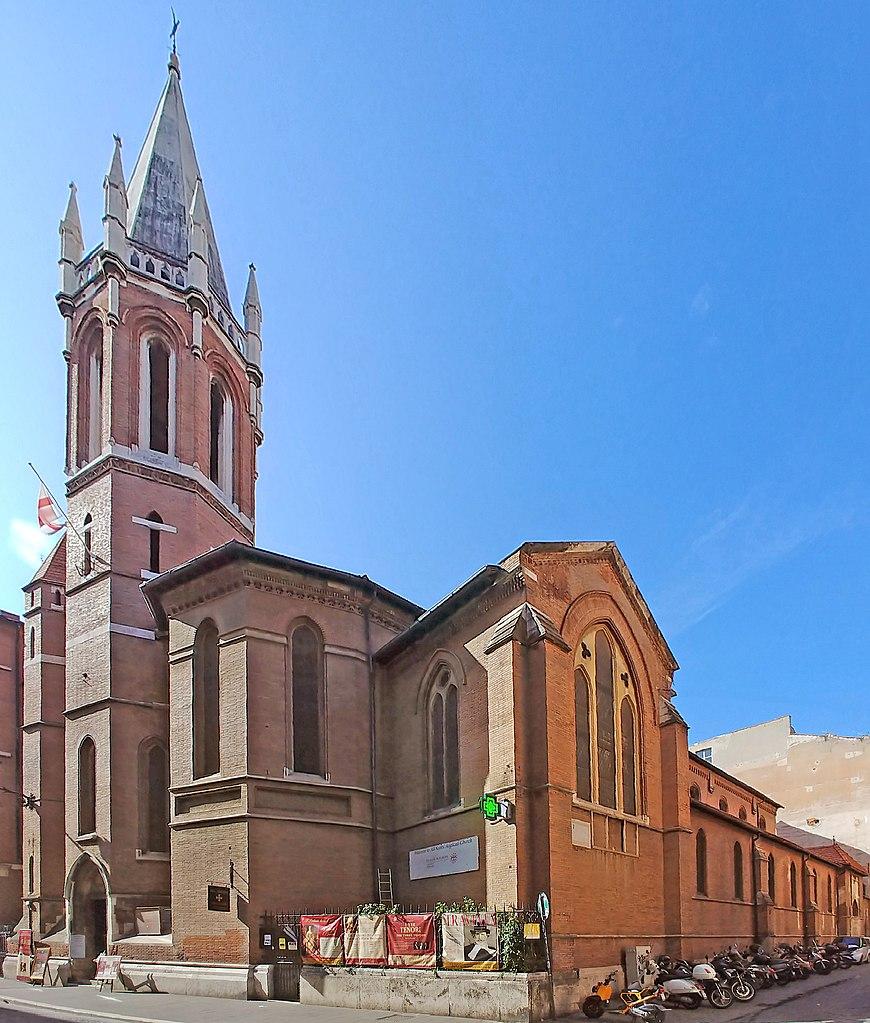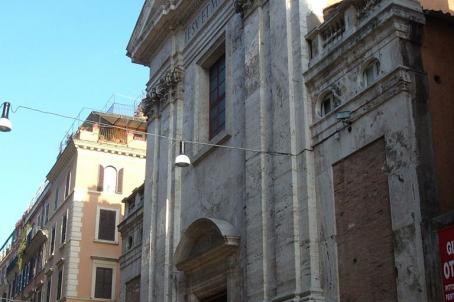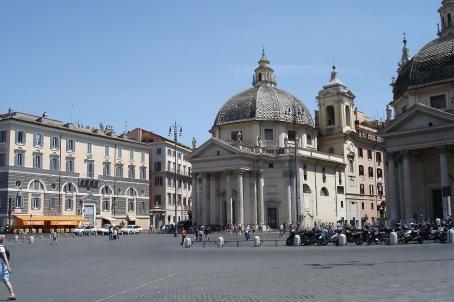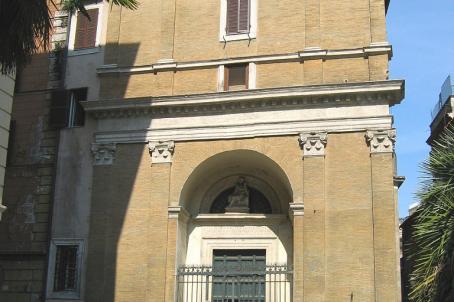Chiesa di Ognissanti
All Saints' Church was built between 1882 and 1887 on a former convent for the Anglican community. The famous English architect George Edmund Street (1824-1881) drew up plans to build a new church with an adjoining vicarage. George Edmund Street died in 1881 and his son Arthur Edmund Street took over the supervision of the project. The steeple, which was never completed at the time of construction, was added in 1937. The church is now also served by the Old Catholic community.






